
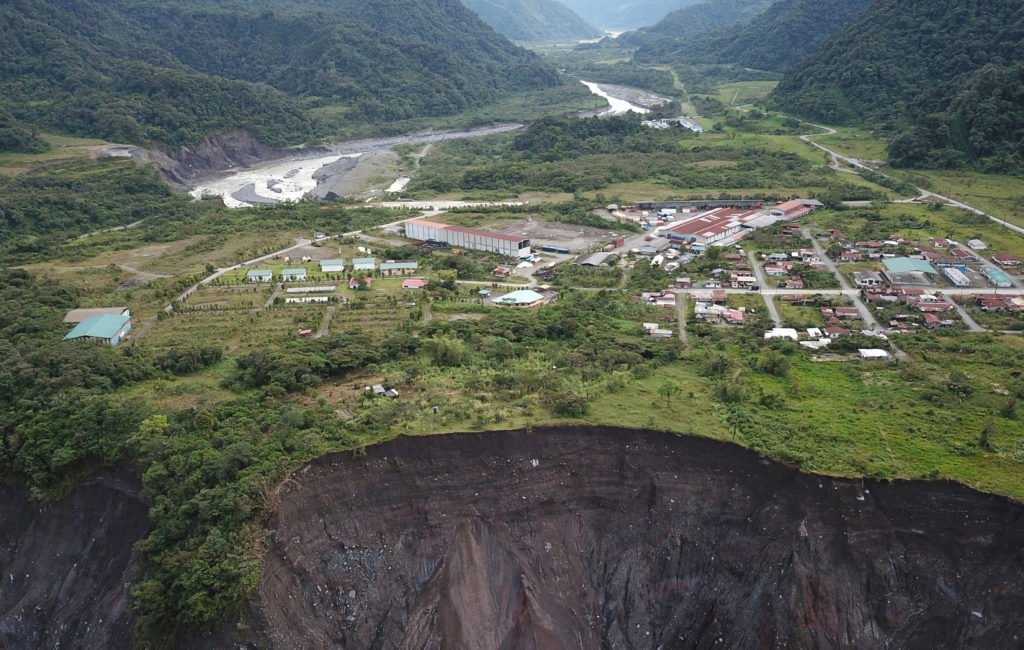
SAN LUIS, Ecuador (Reuters)
Two dozen workers using six excavators cleared a strip of heavy forest in the foothills of Ecuador’s Reventador volcano on an overcast June morning, rushing to carve a new route for an oil pipeline in hopes of avoiding a repeat of the country’s worst oil spill in decades.
Ecuador’s power supply is also under threat. Not far from the work site, electricity company Celec is investing $100 million in structures to prevent the river from reaching a reservoir for the Coca Codo Sinclair hydroelectric plant, which generates a third of the country’s power.
The SOTE pipeline, which carries around two-thirds of the production from oil fields deep in the Ecuadorean Amazon, has been under constant threat from violent erosion of the Coca River after the 130-metre San Rafael waterfall collapsed in February 2020.
The oil spill occurred last April after a landslide provoked by the river’s snaking advance cracked open the SOTE, the parallel OCP pipe and a smaller duct carrying refined products. Ecuador declared force majeure on crude exports, and Indigenous communities found it harder to fish and farm. Roads and bridges near the river have crumbled, and a dozen people have been evacuated from their homes. Some of those who remain in the sparsely populated region are nervously watching the river’s advance.
Another environmental disaster would also complicate newly installed President Guillermo Lasso’s efforts to revive the country’s moribund economy. He has pledged to double crude output from current levels around 500,000 barrels per day (bpd), which Ecuador’s central banks say made up more than eight per cent of gross domestic product in 2020. Oil accounted for two-fifths of the Andean nation’s exports in the first quarter of 2021.
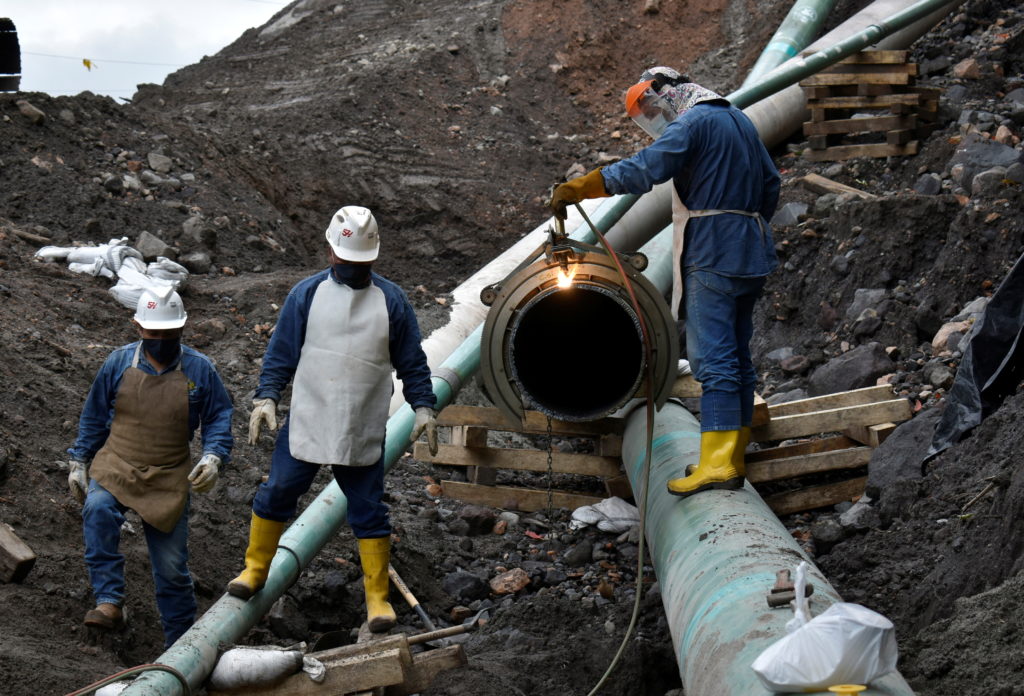
State oil company Petroecuador and OCP Ecuador have scrambled to build bypasses ever further from the encroaching torrent. The one under construction now is Petroecuador’s seventh in the past year.
Still, the erosion has continued. Reuters witnesses at the work site heard the roar of rocks and trees falling into the river as workers prepared to lay new pipes to bring crude oil to Pacific coast ports.
The companies say the bypasses under construction will be a permanent solution, but some experts are less certain. Five earth scientists and geological engineers interviewed by Reuters warned the erosion could continue for years on an unpredictable path.
“Given what is happening in the upper part of the Coca River, there is a threat that this infrastructure will be affected again,” said Emilio Cobo, a Quito-based environmental engineer and program officer with the Consortium for the Sustainable Development of the Andean Ecoregion, a nonprofit aiming to reduce poverty and protect the environment.
Celec is studying possible new sites for its reservoir now that erosion is occurring less than 9 kilometres (5.6 miles) away. In addition, the state-owned power company is preparing to activate idled thermoelectric plants in case of an emergency at the dam, said Roque Proano, director of Celec’s Coca River executive committee.

‘At the mercy of nature’
Scientists said the “headward erosion” phenomenon accelerated after the waterfall collapsed, as the river compensated for loss of the knickpoint by eroding materials at its base and banks further upstream, causing landslides.
That led to catastrophe two months later, when the pipeline bursts spilled nearly 16,000 barrels of oil into the river. SOTE and OCP stopped pumping crude for three weeks.
Since then, Petroecuador has spent $11.2 million on six bypasses, rerouting nearly 5 km of the pipeline. OCP Ecuador has built two permanent bypasses and plans to install two more, in addition to several smaller, temporary structures, at a cost of more than $30 million.
While the two pipelines are again transporting around 500,000 barrels per day (bpd) of crude – essentially all of the country’s output – the bypasses built so far have not been enough.
The 2.4-km seventh bypass will re-route crude upward and further back from the sixth bypass, now threatened by erosion. Jorge Loor, Petroecuador’s transport manager, told Reuters the line – to be completed in August – was a “definitive solution.”
“By getting up the mountain we are getting 400 meters away from the erosion, and probably for a fair amount of time we will not lose sleep over this problem,” Loor said.
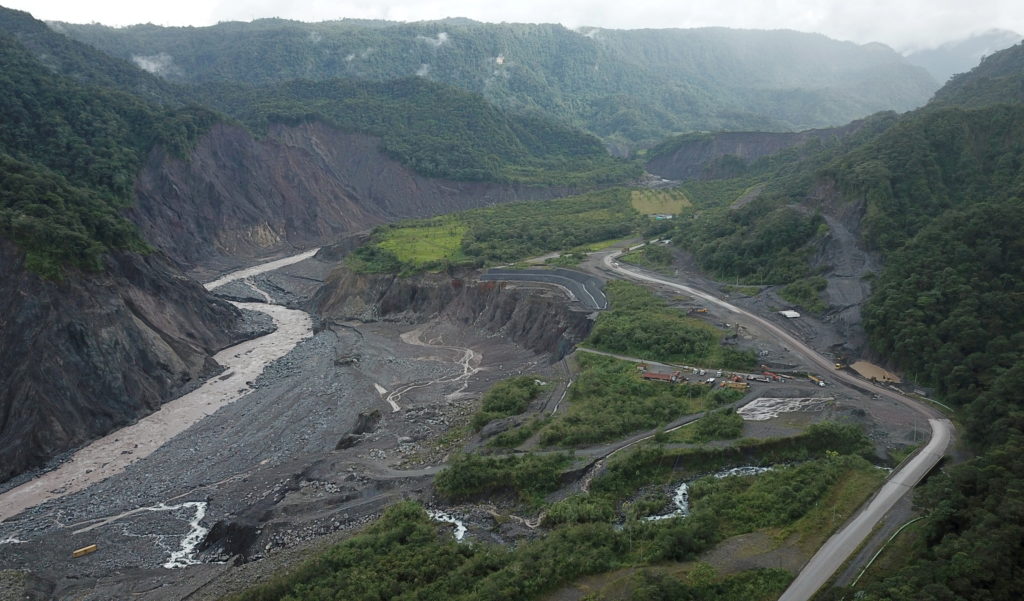
But he said Petroecuador would keep monitoring the erosion, and is undertaking feasibility studies to determine the possibility of moving the pipeline completely to the right flank of the river.
“It is so unpredictable that we cannot say that nothing will happen from here on out, or that at a certain point we are totally safe,” Loor said.
Roberto Grijalva, OCP’s director of operations, said geophysical studies showed the permanent bypasses were built on “competent rock” that would resist erosion.
“We are sure that we will not have problems there again in the future,” Grijalva said.
Alfredo Carrasco, a geological engineer and former undersecretary at Ecuador’s environment ministry, said that while harder rock in some areas could moderate the impact, erosion would remain a risk.
“The fact that they’re already building a seventh bypass in the case of Petroecuador tells you a lot,” he said.

In the nearby riverbank settlement of San Luis, a cliff separating 40 families’ homes from the river has progressively receded, according to residents and satellite images provided to Reuters by Planet Labs.
Joaquin Salcedo said he halted a plan to expand a restaurant he owns because land is now eroding just 120 meters from his property, once 500 meters from the river. He said the government has offered to move residents to a shelter, but many are holding out in hopes of indemnization payments.
“We are at the mercy of nature,” Salcedo said. “We think this will continue and San Luis at some point will disappear.”

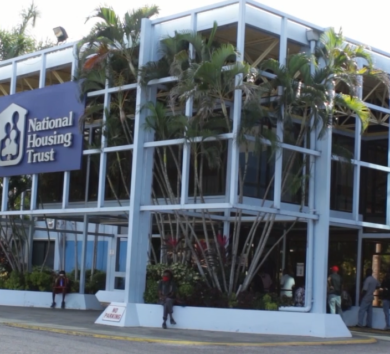

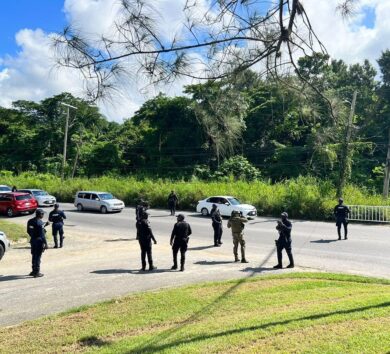

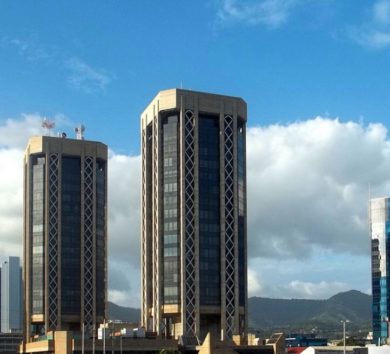
Comments